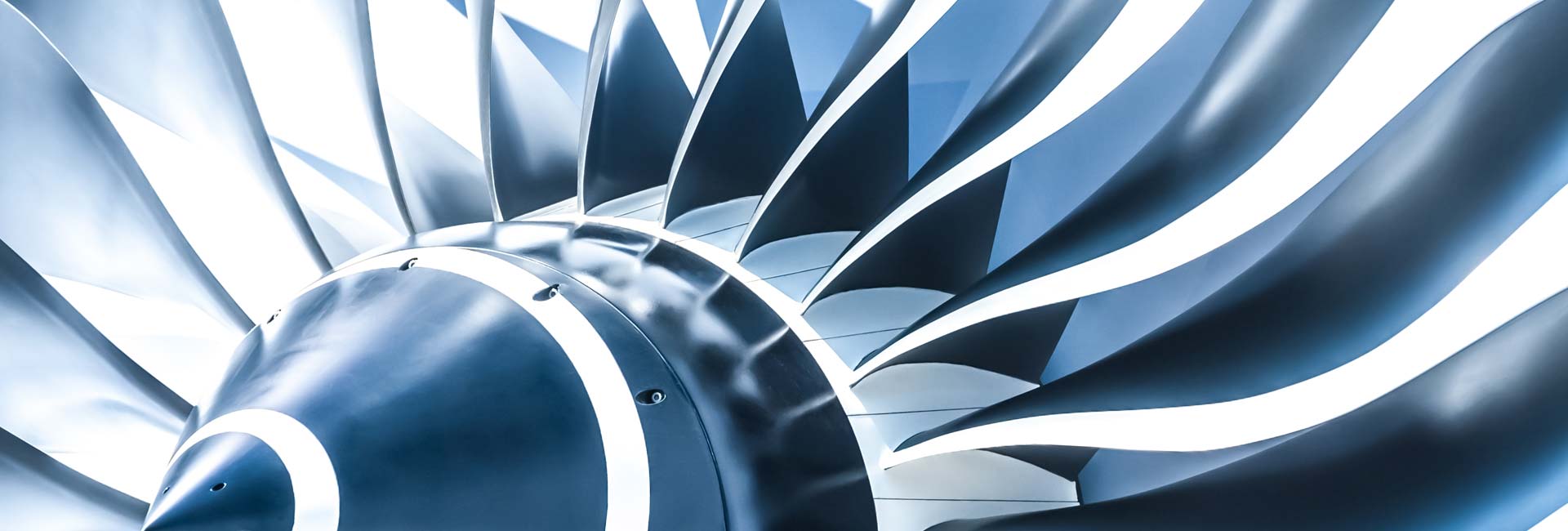A breakthrough on superfinishing of high loaded gears brings big cost savings into aerospace production
High loaded gearboxes, such as reduction, propeller and helicopter gearboxes, they are counted as the highest loaded gearboxes with the highest precision in design, validation and manufacturing. Many gearboxes in this application are designed as a planetary gear system that transmits the torque from the low-pressure turbine to the propeller, rotor or fan. With this gearbox design, many benefits such as fuel burn savings, engine noise reduction and engine operation cost reduction can be achieved.

Fig 1: Example of an OTEC Stream Finishing Machine
Besides stringent design drawing criteria, gear teeth topography (teeth flanks lay) also plays a very important role in preventing the highly loaded gears from pitting and scuffling failures. Gear teeth topography calls for perfect gear teeth surface and this can be achieved by the process introduced by OTEC Präzisionsfinish GmbH (OTEC). The gear teeth surface is not only perfectly polished, at the same time, sharp edges or burrs on the part are also being removed. Therefore with this process,
it can also be applied to achieve different surface requirements (i.e. superfinishing, edge rounding, deburring etc.) on Blades, Vanes, Disks, Blisks, Roots and Gears as well.
OTEC was chosen to be a partner of many well-known Aerospace OEMs and TIER 1s, because the offered processes have been proven that it’s not only simple, effective and highly productive, it is also environmental friendly, which is in line with current production requirements. OTEC’s solution was proven to be economical in industrial processes as well. With less media, compound and water wastage, along with faster process time, productivity and efficiency will definitely be improved.
In one particular research, a wet finishing process was conducted in OTEC’s Stream Finishing (SF) Machine (Fig.1). High quality surface results can be achieved when the correct abrasive media, specifically chosen according to the different geometry sizes of the workpieces, is used in conjunction with the optimum machine parameter settings. With the small sized media (Fig.2) used in the Stream Finishing process, small and hard to reach areas can be easily accessed and this has offered a very big advantage over the conventional methods.
With wet finishing, the water/compound mixture serves to absorb and rinse away the particles of debris coming from the workpieces and the abrasive medium. This ensures that the maximum efficiency is retained throughout the entire processing cycle. OTEC’s special designed finishing process for highly loaded gears has not only got a positive impact on the roughness parameter and reduction of teeth involute curvature waviness, desirable teeth flank topography and excellence repeatability for teeth involute and teeth lead can also be achieved.
![[Translate to Polnisch:] [Translate to English:] Fig 2: Media size in comparison to the gear geometry](/fileadmin/uploads/Aktuelles/Presseberichte/2022/Fig_3_Media_size_in_comparison_to_the_gear_.jpg)
Fig 2: Media size in comparison to the gear geometry
![[Translate to Polnisch:] [Translate to English:] Fig 3: Low process variation achieved from OTEC’s Stream Finishing process](/fileadmin/uploads/Aktuelles/Presseberichte/2022/Bild_Aerospace.jpg)
Fig 3: Low process variation achieved from OTEC’s
Stream Finishing process
Initial test pieces of a highly loaded gear were grinded by a high precision grinding machine to an ISO 1302 grade number N5 surface roughness. With OTEC’s finishing processes,
a surface roughness between ISO 1302 grade N3 and N2 was achieved in a short time frame of only 20 to 30 minutes. Most importantly, visual grinding lines were also removed from the part. This high accuracy surface finishing has generated a resistance against scuffing and pitting which may result in a significant increase in the lifetime of the gearbox.
Fig. 3 shows the calculated variation of material removal along multiple involutes for the tested workpiece. Compared to conventional methods, an incredibly low process variation of only 1 µm was achieved along the involutes with OTEC’s Stream Finishing process. This can help increase the tolerance allowance for the initial grinding process and scrap rate in production can also be reduced. Tighter tolerances could also be applied on the gear manufacturing drawing and thus reducing the gear weight which is also a key factor in aviation.
Several well-known OEMs and TIER 1s are already partnering with OTEC, looking into the process verification and validation of the Stream Finishing solution, which they believe another milestone in aerospace production will be very soon reached with this partnership.




